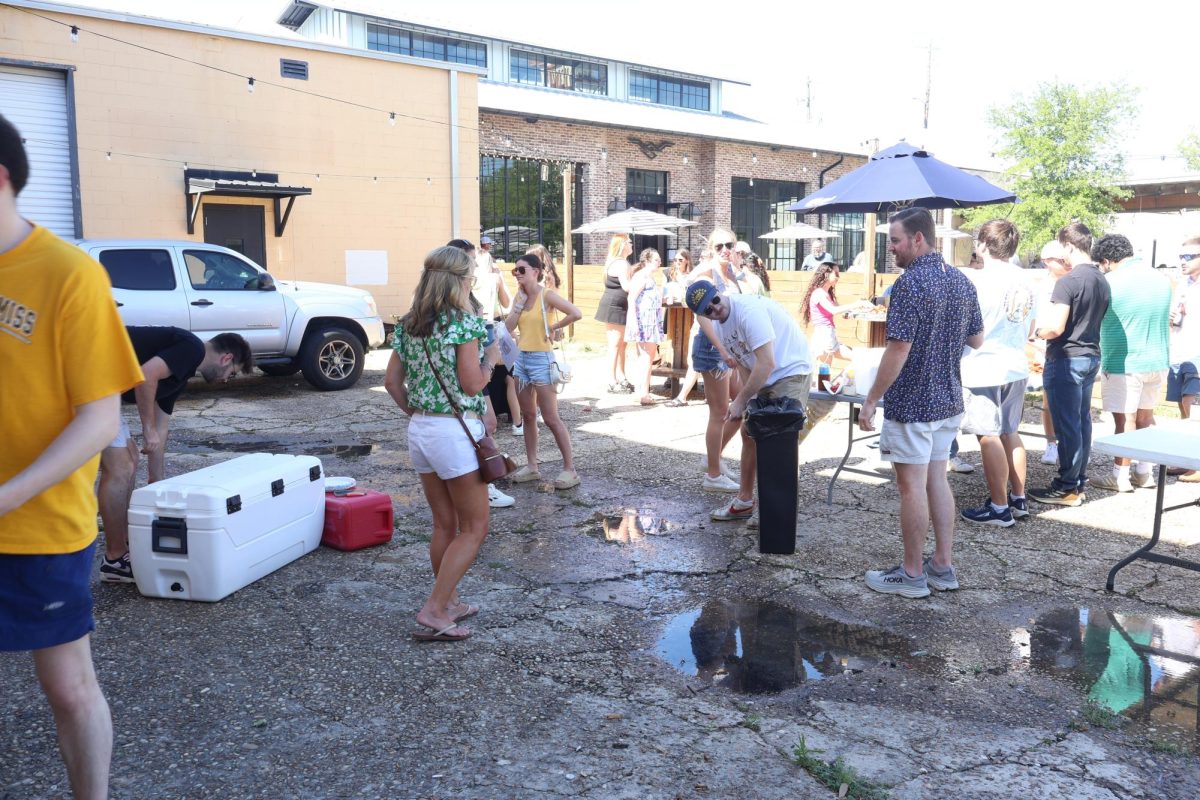In this edition of the SpringHillian, we have decided to dedicate a section of our paper to remembering the past. We look back 50 years to the year of 1968 to see how Spring Hill students compare to today’s students while living in a year that would be remembered for its tumultuous 365 days both socially and politically.
The 1968 edition of The Torch, Spring Hill College’s annual yearbook, predicts the difficulties of grasping the true impact of this year and opens by saying “A long time from now, when we look back on that year, that 1968 year, it will be hard to consolidate a kaleidoscope of events into one communicable impression.” Although this year is often romanticized by those who lived through it, this statement is not far from the truth.
In 1968, Spring Hill students were concerned with many of the same things as students of today are. In the ‘68 editions of the SpringHillian, there are articles discussing the increasing price in parking tickets, reviewing the latest movie everyone is talking about like, The Graduate, the binge-drinking culture, as well as the effect of the Spring Hill “wall” on its students. There are pictures of SHC sports and greek events with tug-of-war in the mud and cartoons complaining about the terrible caf food. Many of these subjects are stories that the 2018 SpringHillian staff has attempted to take on in the present day.
Dr. Alan Shane Dillingham, a history professor at SHC who focuses his studies on the Sixties, discusses more of the political similarities between 1968 and 2018 explaining that both years are defined by “incredible political polarization” and a “hollowing out of the political center.” From issues of race to violence, it is hard to find anyone neutral on the important topics of both of these times.
Much of this polarization was evident through the public’s opinions surrounding the leadership. Dillingham marks the similarities between both President Nixon and President Trump pointing to the fact that they are both considered “backlash politicians” that use strong racial rhetoric against a growing progressive movement.
Despite these parallels, SHC students in the Sixties dealt with grave issues and events happening in their everyday lives. The Tet Offensive, the Vietnam war, as a whole, and fearing the draft’s effect on their lives were all their concerns. These students lived through the assassinations of Martin Luther King Jr. and Bobby Kennedy and the Civil Rights movement. All events that altered the course of history.
Spring Hill’s yearbook from 1968 closes by saying that, “So by the time you can pick up this yearbook and objectively survey the year 1968, you will also know the outcomes of its gifts to Spring Hill College.” Today, we can see these gifts and traditions in our lives from this era. We can see the continuity over the decades and should look back to the past for guidance in the present day.


























